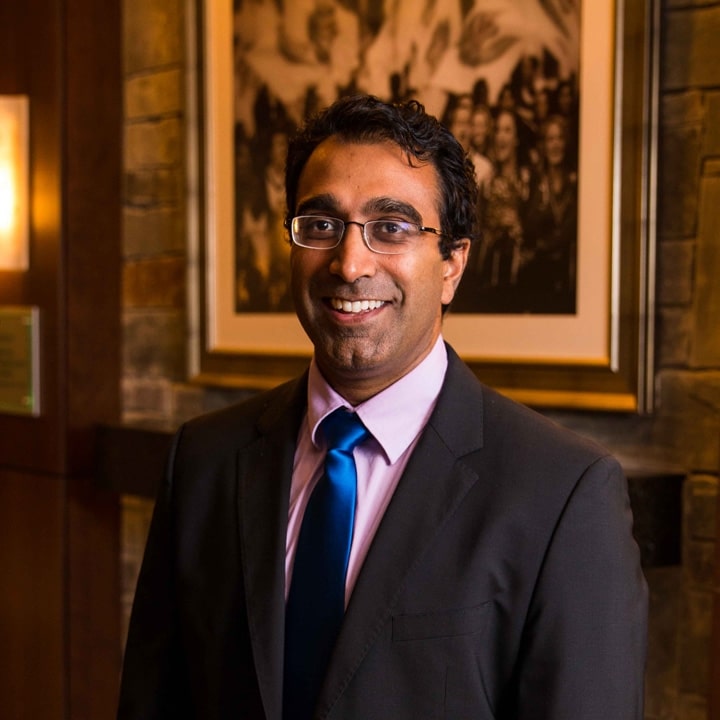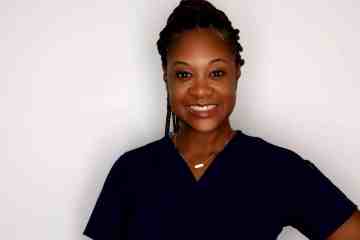Sim Stars: Sushanth Reddy, M.D.

Sim Stars is a new feature in UAB Clinical Simulation’s think Sim First newsletter, created to highlight the simulation facilitators who bring learning to life. Each month, we’ll spotlight an educator whose work exemplifies excellence in simulation, collaboration and experiential learning across UAB Medicine.
A successful health-care simulation impacts more than learners; it can also affect facilitators. For Sushanth Reddy, M.D., it’s an opportunity to connect with learners in a hands-on, meaningful way.
Reddy serves as professor and interim director of UAB’s Division of Surgical Oncology and associate director of the General Surgery Residency Program.
“This role comes with certain responsibilities for education,” he said, “but I view these as opportunities to engage with residents whom I otherwise would not get to see as often. (UAB Clinical Simulation) gives me an opportunity to spend time with junior residents on a 1:1 basis.”
Reddy facilitates a wide range of simulations, including central line placement experiences in Clinical Simulation’s procedural lab. “I probably do more central line sims than any other,” he noted.
One session stands out in his memory, however; not for the simulation itself, but for an unexpected real-world moment. During the simulated procedure, a learner suddenly became lightheaded and lost consciousness.
“I was able to catch them before they fell to the floor,” Reddy recalled. “After getting them down flat on the ground, we were able to get them to respond again … We suspect that the learner had a vasovagal episode.”
The learner recovered quickly, and the two now laugh about the incident—a reminder, Reddy said, that “even simulated environments can feel very real.” This was also an opportunity to use our simulation safety phrase, “This is not a simulation.”
He believes that realism is exactly what makes simulation so impactful.
“Simulation gives learners the opportunity to try things in a safe environment,” he said. “Until a learner gets a chance to actually do something, the nuances of the procedure are very hard to explain. The sim environment allows them to practice without harming a patient.”
For new facilitators, Reddy’s advice is simple: be patient, stay present, and find your teaching rhythm.
“Each instructor has to find their own style,” he said. “Use clear language, let learners see for themselves, and put the phone and watch away so they don’t see you looking at the time. They’ll notice—and they’ll learn more because of it.”
UAB Medicine’s Clinical Simulation program offers opportunities for individuals and teams across UAB Medicine and beyond to practice before they deliver care. We encourage all who provide and support patient care to “Sim First.” Together, we can put our patients’ safety first.



0 Comments